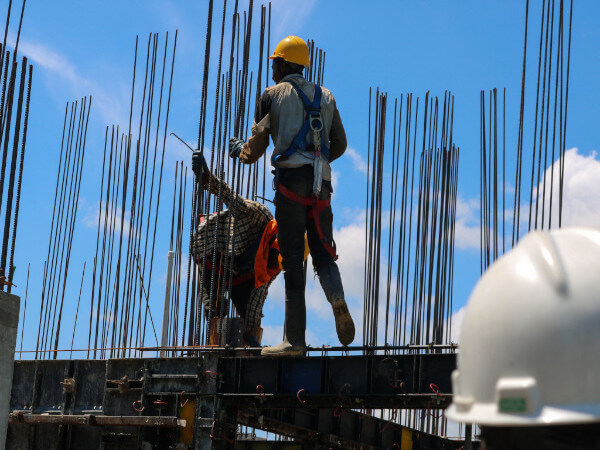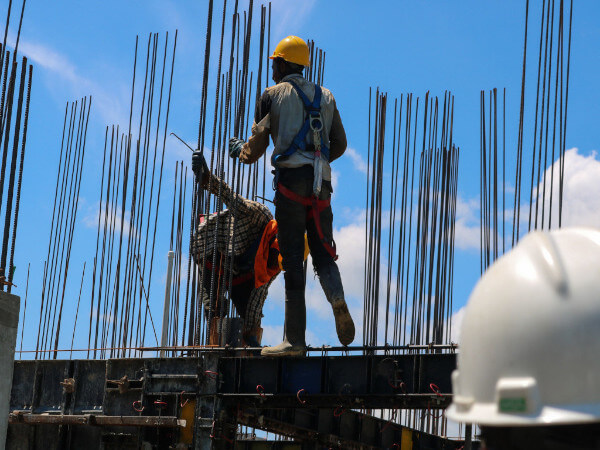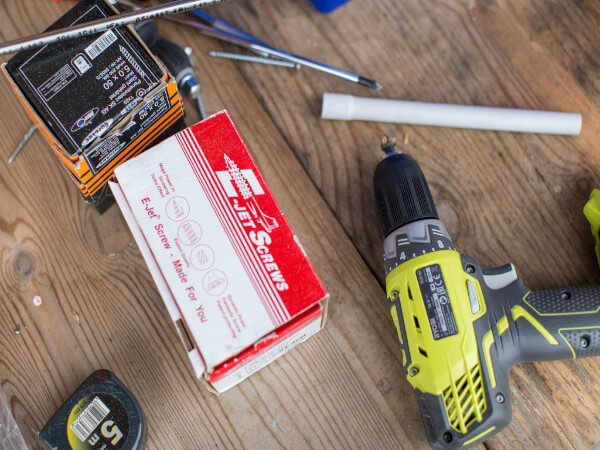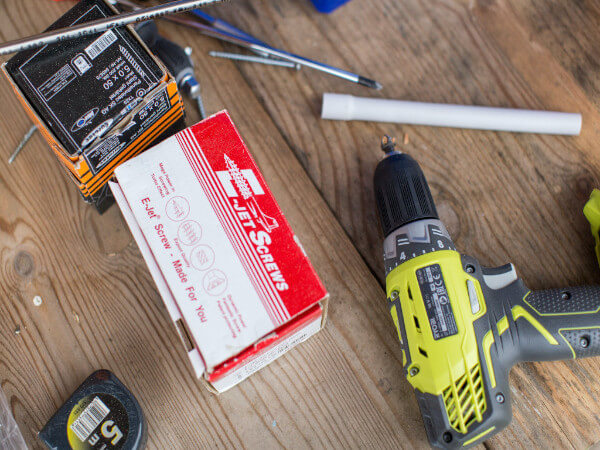
Alta Equipment reported an increase in net revenues of 33.7 percent year-over-year in Q3, rising to $295 million this year. In addition, the company’s construction and material handling revenues were $184.7 million and $110.3 million, respectively, during the quarter.
“Our operating performance in the third quarter reflects our flexible business model and our ability to produce strong financial results in a supply-constrained market,” says Alta CEO Ryan Greenawalt. “Both our Construction and Material Handling business segments delivered year over year revenue growth leading to a 43.4% increase in adjusted EBITDA. Our high level of new and used equipment sales in the first three quarters of the year are expected to continue to drive future high-margin product support revenue.”
Alta continues to drive growth through mergers and acquisitions. During the quarter, Alta expanded its warehousing and logistics capabilities in the material handling business with the acquisition of Baron, an established provider of dock and door sales, service, and installation that services customers in the greater New England area.
“We continue to see significant customer demand across all our business segments and anticipate finishing the year on a high note. The growth in our core markets combined with our expanded capabilities in our material handling business, our entry into the electric vehicle market, and our recent acquisitions have positioned us well for future success,” says Greenwalt.
Starting off Q4 strong, Alta closed on the acquisition of Ohio-based Gibson Machinery on October 1. Gibson expands Alta’s presence in the Midwest and adds several new original equipment manufacturing partners while presenting an opportunity to expand its service operations in the Midwest region.
Alta now has 55 locations across Michigan, Illinois, Indiana, New England, New York, Virginia, Florida and Ohio.
Did you miss our previous article…
https://www.3555pacific.com/?p=582




